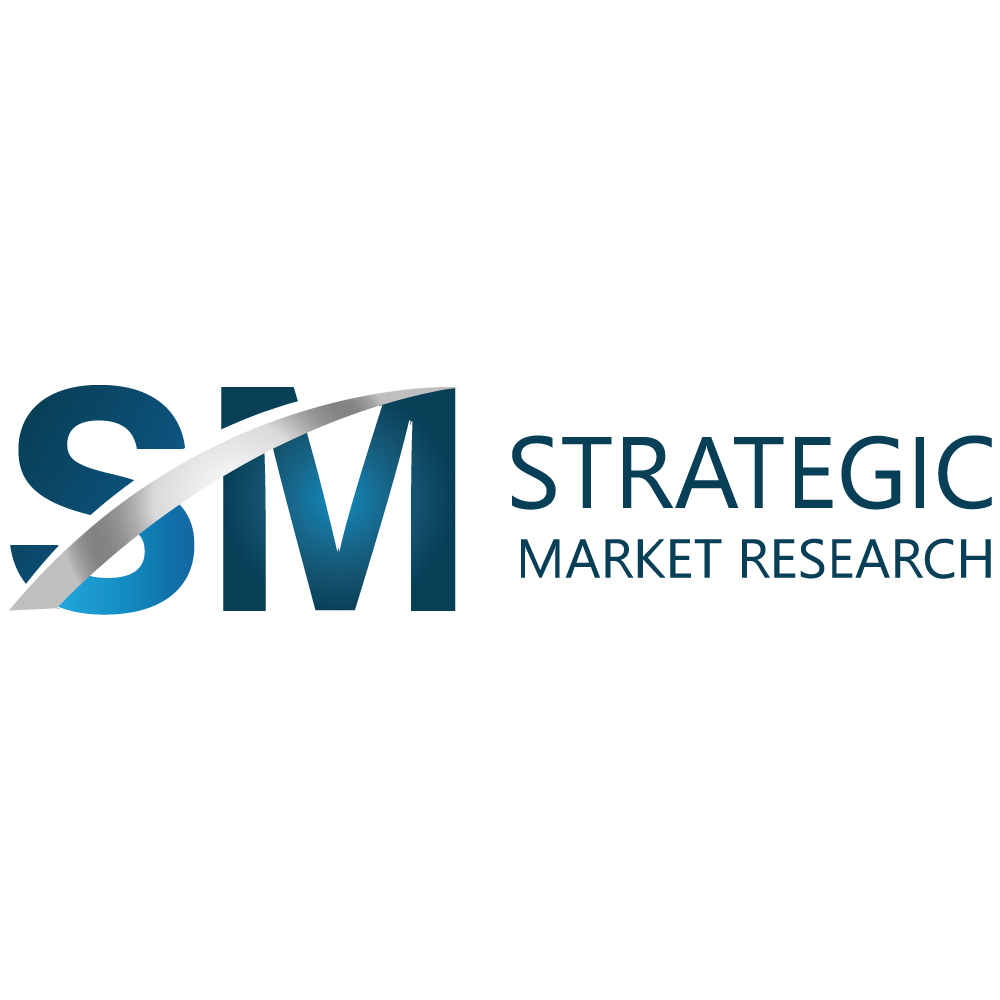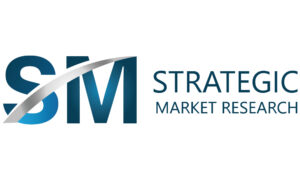Cell counting is a technique used in the life sciences, which includes medical diagnosis and therapy, to count or quantify cells. Cell counting is a crucial area of the cytometer, which has uses in both academic and therapeutic settings. For instance, cell counting is necessary for medical and biological processes to determine the volume and concentration of the medicament.
The market worth of cell counting in 2021 was USD 10.48 billion and will reach USD 19.27 billion by 2030, growing at a 7% CAGR.
The increasing demand from biopharmaceutical companies, research institutes, and academic institutions for more cytological studies is driving the growth of the cell counting market. The cell counting market is also expanding due to rising government spending on research and development. Companies that produce cell counting instruments and reagents may benefit from introducing cutting-edge cell counting equipment in emerging markets like Asia Pacific, the Middle East, and Africa.
Market Dynamics
Drivers
The demand for cell counting techniques is driven by the increasing frequency of numerous chronic illnesses, including cancer, HIV-AIDS, leukemia, Alzheimer’s disease, etc. Additionally, the market is growing due to the increasing use of cell counting tools in numerous medical specialties, including molecular biology, immunology, pathology, etc. Additionally, the market is being supported by the growing use of cell counting for identifying and determining primary, circulating, and metastatic tumors. Furthermore, the growing use of stem cell therapy is fueling an increase in demand for diverse cell counting tools on a global scale.
Restraints
The high cost of complex cell counting technologies, a lack of skilled workers, and product recall involving hematologyanalyzers restrain the growth of the global cell counting industry.
Opportunity
Government initiatives are promoting cell treatments’ development, in which cell counting is essential, are enhancing the market’s chances for future growth. Since sixteen of the top 50 global life science universities are in Europe, the continent is the world leader in cell and gene therapy (CGT) research. According to a McKinsey study, as part of the Horizon Europe project, the European Union would invest almost 7 billion euros in health research between 2021 and 2027.
Market Segmentation
Product Insights
In 2021, consumables and accessories contributed more than 50.0% of total revenue. Reagents, magnetic beads, microplates, and chamber slides are some of the consumables and accessories utilized with these gadgets. Their high usage volume contributes to the expansion of consumables and accessories. Additionally, the introduction of innovative items spurs market expansion.
In 2021, the sub-segment for agents had the highest revenue share. The significant revenue share is related to the frequent acquisition of these items for automated cell counting, flow cytometry, and spectrophotometry.
Application Insights
In 2021, the whole blood count had the highest revenue share of more than 55.0%. One of the most frequent tests performed to assess a person’s general health is the complete blood count. The test measures several blood components, including RBC, WBC, hemoglobin, hematocrit, and platelets. The growing prevalence of blood illnesses, including leukemia and anemia, frequently monitored by complete blood counts, will fuel segment growth.
End-use Insights
The academia and research institutes held a maximum market position in 2021 with 35.0% of the revenue share. The widespread use of cytometers in cell biology research investigations can be blamed for the large share. Researchers use cytometers to measure criteria like physical characteristics, kind, and lineage to track the evolution of viruses, diseases, and other bacteria. The segment is further driven by strategic actions taken by major market participants.
Regional Insights
Due to the growing emphasis on biomedical and cancer research, North America held the greatest revenue share of about 35.0% in 2021. One of the key factors influencing the use of these devices is the rise in the rate of chronic diseases, such as blood and cardiovascular disorders. According to the American National Red Cross, 90,000 to 100,000 Americans are affected by sickle cell disease.
The Asia Pacific market share will increase exponentially. This region’s clinical research and biopharmaceutical business concentration can be blamed for the exponential CAGR. Additionally, the region’s market is primarily driven by the rising elderly population, which is extremely sensitive to chronic ailments.
Key Players
- PerkinElmer Inc
- Olympus Corporation
- Thermo Fisher Scientific Inc
- Merck KGaA
- HORIBA Ltd
- Tecan Trading AG
- Abbott
- Logos BiosystemsInc
- Corning Incorporated
- General Electric Company
- Tip Biosystems
- Agilent Technologies Inc
- Sysmex Corporation
- Boule Diagnostics AB
- Advanced Instruments
- R&D Systems, Inc.
- Becton, Dickinson, and Company
- Beckman Coulter Inc
- Nexcelom Bioscience LLC
- Siemens Healthcare Private Limited
- Diconex
- ChemoMetec A/S
- Bio-Rad Laboratories Inc
- Cole-Parmer Instrument Company LLC
The market worth of cell counting in 2021 was USD 10.48 billion and will reach USD 19.27 billion by 2030, growing at a 7% CAGR. The rise in chronic and infectious diseases, the development of improved treatments, the expanding use of automated hematologyanalyzers and high-throughput flow cytometry, investments in cell-based research, and the expanding biotechnology and biopharmaceutical industries are some of the factors boosting the cell counting market.











































